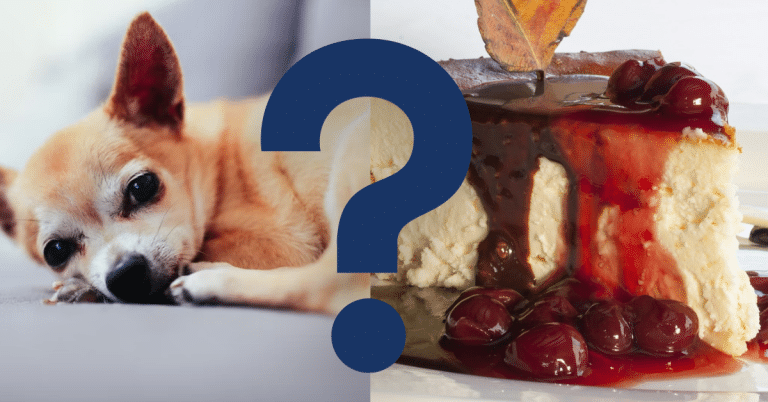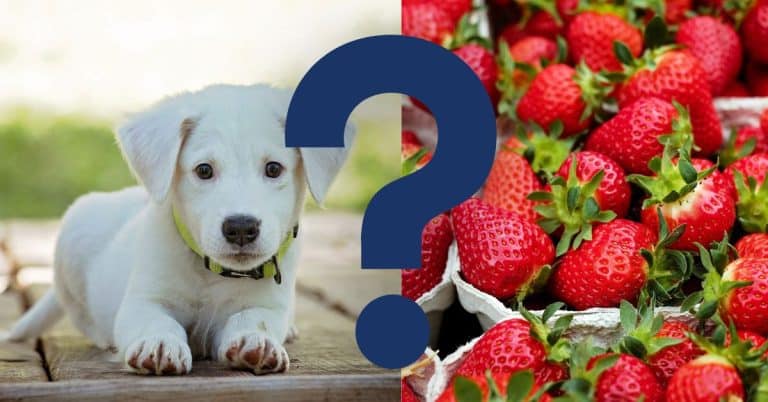Can Dogs Eat Chicharrónes? A Vet’s Summary
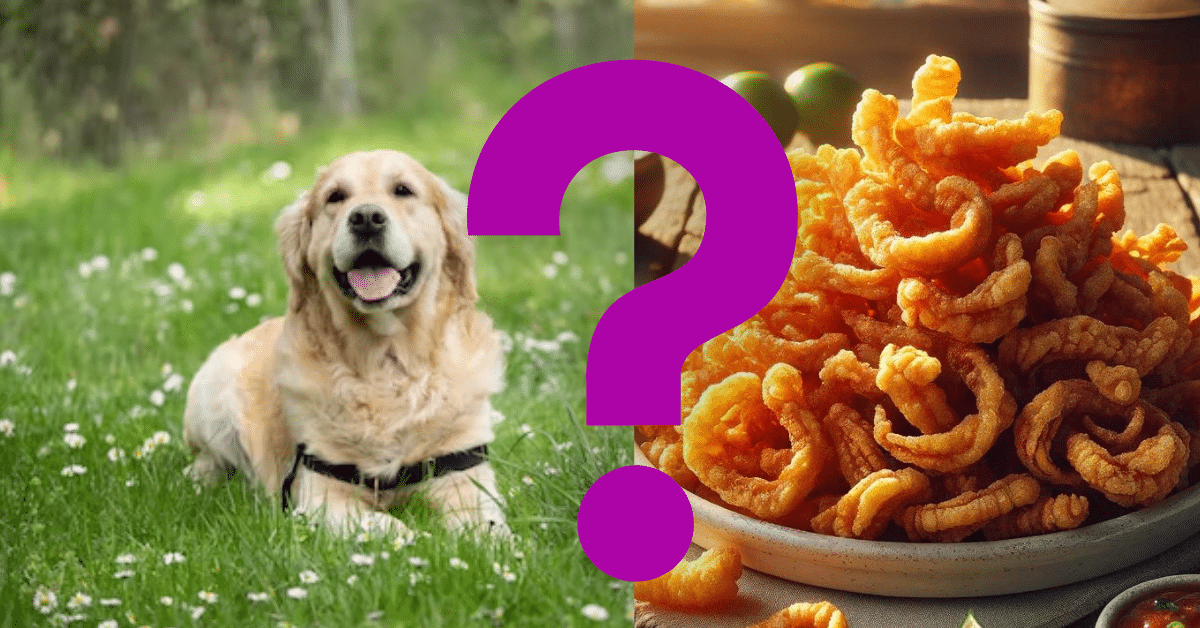
Chicharrónes are high in fat and salt but can dogs eat chicharrónes?
It is typically not advised to feed dogs chicharrónes, which are fried pork rinds or skin. Large quantities of chicharrónes, which are heavy in fat and salt, can be dangerous to dogs. Dogs who consume too much fat may get pancreatitis, a painful and sometimes fatal ailment.
Let’s dive in:
Benefits of Chicharrónes for dogs
Fried pig skin or rinds, known as chicharrónes, are not commonly seen as a healthy or secure diet for dogs. They can include spices or flavors that are unsafe for dogs to consume and are heavy in fat, salt, and fat. Several dangers can result from giving chicharrónes to dogs, including:
- High Fat Content: Chicharrónes have a very high fat content, which when ingested in large amounts by dogs, can cause pancreatitis. Painful and perhaps fatal, pancreatitis is a disorder.
- High Salt Content: Dogs who consume chicharrónes may become sodium ion poisoned. Vomiting, diarrhea, extreme thirst, lethargy, and, in serious instances, convulsions or death, are symptoms of salt poisoning.
- Spices & Seasonings: A lot of chicharrónes are seasoned with substances that may not be suitable for dogs, such as spices, herbs, or flavorings. Some spices might irritate a dog’s stomach or be harmful to dogs.
- Risk Of Obesity: Regularly giving dogs high-fat, salty foods like chicharrónes can cause obesity, which can cause several health problems in dogs, including heart disease and joint difficulties.
- Digestive Distress: Dogs who consume even tiny amounts of chicharrónes may have diarrhea or vomiting due to digestive distress.
Instead of chicharrónes, it’s recommended to give your dog treats or snacks that are made especially for dogs to consume because they are healthier and safer. There are several low-fat, low-sodium dog treats on the market, some of which even have dental advantages. Always talk to your vet about your dog’s diet and any dietary restrictions or suggestions for your pet. For their general health and wellbeing, your dog needs to eat a balanced and suitable diet.
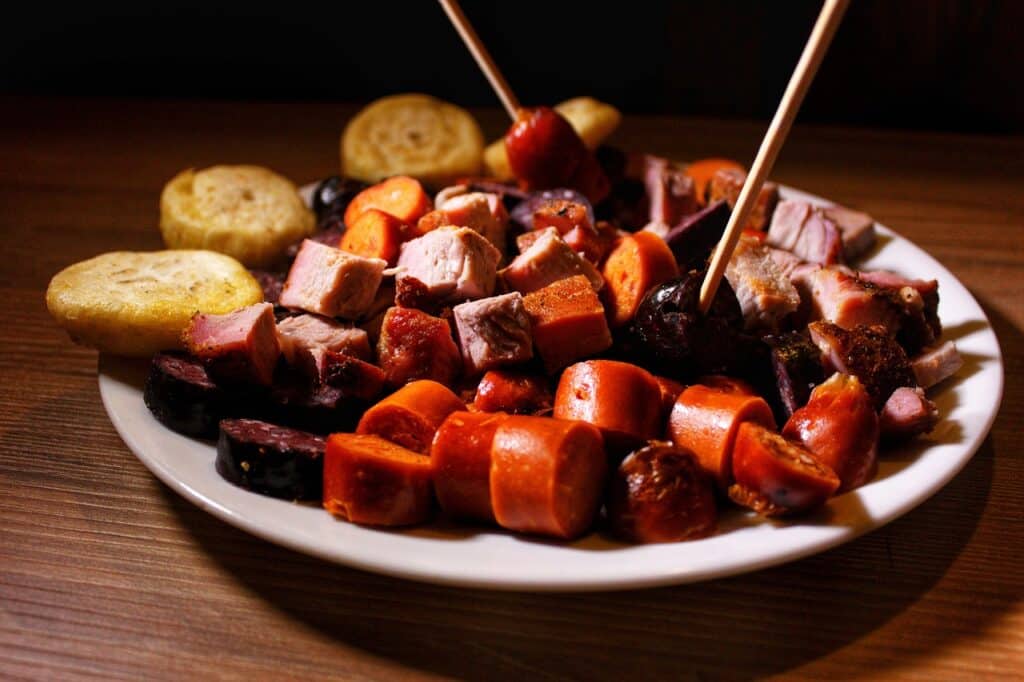
How to safely give chicharrónes to dogs?
It is typically not advised to feed dogs chicharrónes (fried pig skin or pork rinds), as they are heavy in fat and salt, both of which can be hazardous to dogs. However, there are certain safety measures to take if you decide to sometimes treat your dog with a very tiny amount:
- Pick Plain Chicharrónes: Select plain chicharrónes that haven’t had any seasonings, herbs, or spices added. Avoid chicharrónes that have a lot of spices or flavorings that might be toxic to dogs.
- Limit The Amount: Give your dog no more than a little portion, no bigger than a thumbnail. It’s important to use moderation since feeding them too much might result in pancreatitis, stomach distress, or sodium ion overdose.
- Choking danger can be decreased by breaking chicharrónes into smaller, bite-sized pieces before offering them to your dog.
- Observe Carefully: After giving your dog a tiny piece of chicharrón, keep a tight eye on them. Keep an eye out for any indications of a bad response, such as nausea, diarrhea, or odd behavior.
- Ensure Freshness: Check the freshness of the chicharrónes to make sure they are not stale or rotten, since they might upset your stomach.
- Know Your Dog’s Health: Consider your dog’s nutritional requirements and general health. Before feeding your dog any unusual treats, check with your veterinarian to see if there are any underlying health concerns.
- Consult A Professional: It is important to speak with your veterinarian if you have any questions or concerns regarding the safety of feeding chicharrónes to your dog. They can offer advice based on the individual dietary needs and health conditions of your dog.
It’s crucial to repeat that owing to their high fat and salt content, chicharrónes are not a suggested or ideal treat for dogs. If you do give them, do so sparingly. Other safer and healthier dog-specific treats that are designed to satisfy the nutritional requirements and taste preferences of dogs are readily accessible. When choosing treats and your dog’s general diet, put their welfare first.
Will chicharrónes make a dog sick?
Dogs may become ill from eating chicharrónes (fried pig skin or pork rinds), especially if they ingest large amounts of them. The following are the primary causes of canine problems with chicharrónes:
- Extremely High Fat Content: Chicharrónes contain a lot of fat. Pancreatitis, a painful and sometimes fatal illness in dogs, can result from an excessive intake of fat.
- High Salt Content: Dogs who consume chicharrónes may become poisoned by sodium ion. Lethargy, extreme thirst, vomiting, diarrhea, and, in severe cases, seizures, are just a few of the symptoms that might result from this.
- Spices, herbs, and other flavorings that can be toxic to dogs may be used as seasonings or additives in some chicharrónes. Dogs may be poisoned by some flavors or additives or experience stomach issues.
- Choking Hazard: Chicharrónes can be brittle and crunchy, which makes them a choking risk, particularly if they are not cut into manageable pieces before being fed to a dog.
Even if feeding a dog, a very little piece of plain, unsalted chicharrón as a treat occasionally would not instantly make them sick, it’s crucial to be watchful and aware of the dangers. It’s important to use moderation, and it’s normally safer to completely avoid feeding chicharrónes to dogs. There are a variety of alternative dog-specific snacks on the market that are designed to satisfy their nutritional requirements and are less likely to have negative effects on their health.
It’s crucial to call your veterinarian for advice and treatment if you think your dog may have eaten a lot of chicharrónes or if your dog is displaying symptoms of disease after doing so. The best method to guarantee your dog’s wellbeing is to keep an eye out for any negative responses and, if necessary, seek professional guidance.
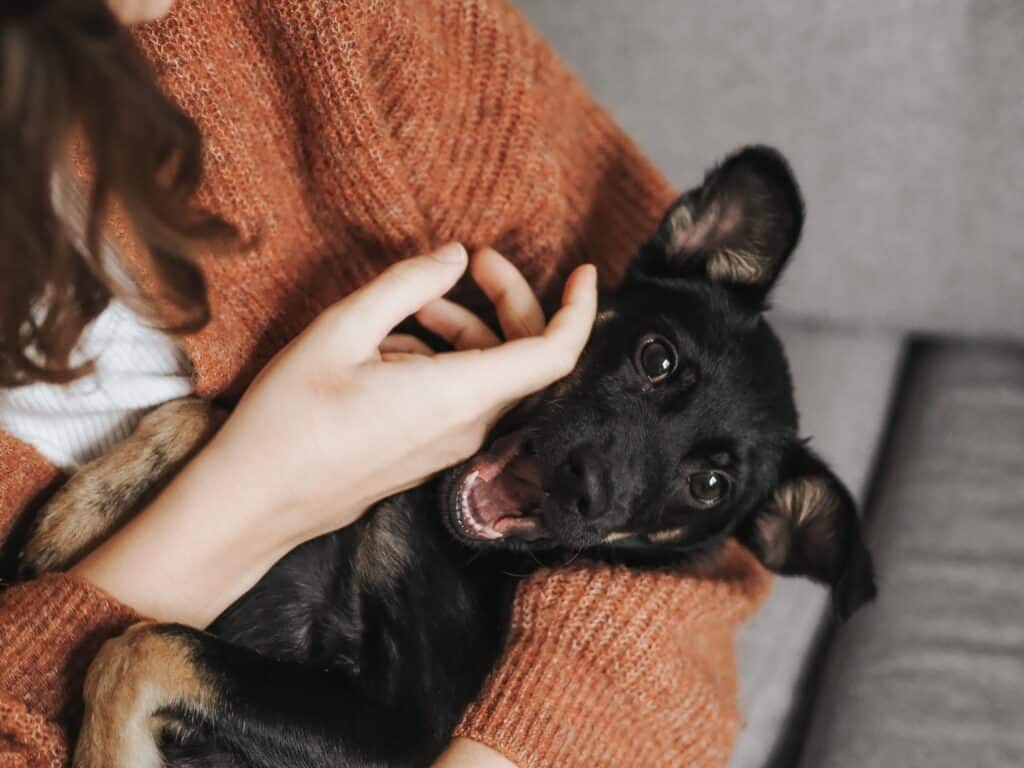
A Vet’s Summary
A veterinarian’s stance on serving dogs chicharrónes (fried pig skin or pork rinds) is likely to be in line with the broader veterinary community agreement. For the following reasons, most veterinarians advise against giving chicharrónes to dogs:
- Chicharrónes have a very high fat content, which can cause pancreatitis in canines. Consuming fatty meals can lead to pancreatitis, an uncomfortable and sometimes fatal illness.
- High Salt Content: Chicharrónes contain a lot of salt, which can cause dogs to get sodium ion poisoned. Vomiting, diarrhea, extreme thirst, lethargic behavior, and, in serious instances, convulsions or death, are some salt poisoning symptoms.
- Potential For Seasonings And Additives: Many chicharrónes are seasoned with ingredients that could not be suitable for dogs, such as herbs, spices, and flavorings. Dogs may be poisoned by some flavors and additives or experience digestive problems.
- Choking Risk: Chicharrónes can be fragile and present a choking risk, particularly if they are not cut into manageable pieces prior to feeding to a dog.
Dog snacks made expressly for canine ingestion are frequently recommended by veterinarians. These dog treats are made with regulated amounts of fat, salt, and other components so that they are safe and nutritionally suitable for dogs. When making recommendations, they also take the dog’s health and nutritional requirements into account.
Just like people, dogs can benefit from probiotics. Probiotics are helpful microorganisms that can aid in maintaining a balanced gut flora in canines. These helpful bacteria can strengthen the immune system, help with digestion, and perhaps even help with some gastrointestinal problems.
It is always better to speak with your veterinarian if you have any queries or concerns regarding whether treats are acceptable for your dog. To guarantee your dog’s general wellbeing, they may provide advice particular to your dog’s age, breed, health condition, and nutritional requirements.
Videos to watch
If you are wondering whether dogs can eat chicharrónes, watch this:
If you are wondering whether chicharrónes are harmful for dogs, watch this:

